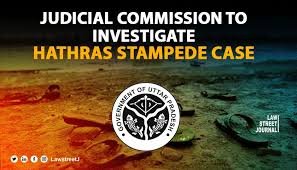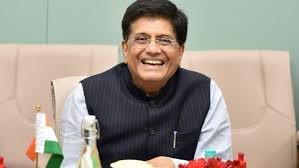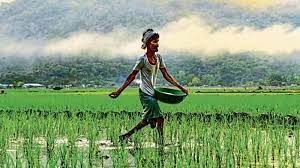Centre Approves ₹22,303 Crore Subsidy on Key Fertilizers
The Indian government has taken a significant step to support the agriculture sector by approving a subsidy of ₹22,303 crore on key fertilizers. This move is of paramount importance as it not only ensures the availability of fertilizers to farmers but also promotes agricultural sustainability and food security. In this article, we’ll delve into the reasons behind this decision, its historical context, and provide five key takeaways for aspiring civil servants, including those preparing for exams to enter various government positions.

Why this News is Important
Ensuring Agricultural Sustainability: The subsidy on fertilizers plays a crucial role in ensuring the sustainability of Indian agriculture. Fertilizers provide essential nutrients to crops, which, in turn, enhances productivity. A lack of access to affordable fertilizers can lead to reduced agricultural output, which affects both farmers’ livelihoods and food security.
Promoting Balanced Fertilizer Use:The subsidy covers a range of key fertilizers, including urea, diammonium phosphate (DAP), and muriate of potash (MOP). This encourages farmers to use a balanced mix of fertilizers, as it provides financial relief for purchasing different types, ultimately leading to better soil health and crop yield.
Historical Context
The practice of subsidizing fertilizers in India dates back to the Green Revolution in the 1960s when the country achieved self-sufficiency in food production. To further boost agricultural productivity, the government introduced fertilizer subsidies to make these vital inputs affordable for farmers. Over the years, the types of fertilizers covered and the subsidy rates have evolved, but the core objective remains the same – to promote agricultural growth and food security.
Key Takeaways from This News
| Serial Number | Key Takeaway |
|---|---|
| 1. | ₹22,303 crore subsidy approved for key fertilizers. |
| 2. | Subsidy covers urea, DAP, and MOP among others. |
| 3. | This move aims to promote balanced fertilizer use. |
| 4. | It supports farmers by reducing input costs. |
| 5. | Fertilizer subsidies have a historical context and are essential for agricultural sustainability. |
Important FAQs for Students from this News
What is the purpose of the subsidy on key fertilizers?
The purpose of the subsidy on key fertilizers is to ensure the availability of affordable fertilizers for farmers and promote agricultural sustainability.
Which fertilizers are covered by the ₹22,303 crore subsidy?
The subsidy covers fertilizers like urea, diammonium phosphate (DAP), and muriate of potash (MOP), among others.
How does the subsidy promote balanced fertilizer use?
The subsidy encourages farmers to use a balanced mix of fertilizers by providing financial relief for purchasing different types.
What is the historical context of fertilizer subsidies in India?
The practice of subsidizing fertilizers in India dates back to the Green Revolution in the 1960s when the country achieved self-sufficiency in food production. Fertilizer subsidies were introduced to promote agricultural growth and food security.
How does the subsidy support farmers’ income?
The subsidy reduces farmers’ input costs, thereby stabilizing their income and making agriculture a more attractive profession.
Some Important Current Affairs Links














